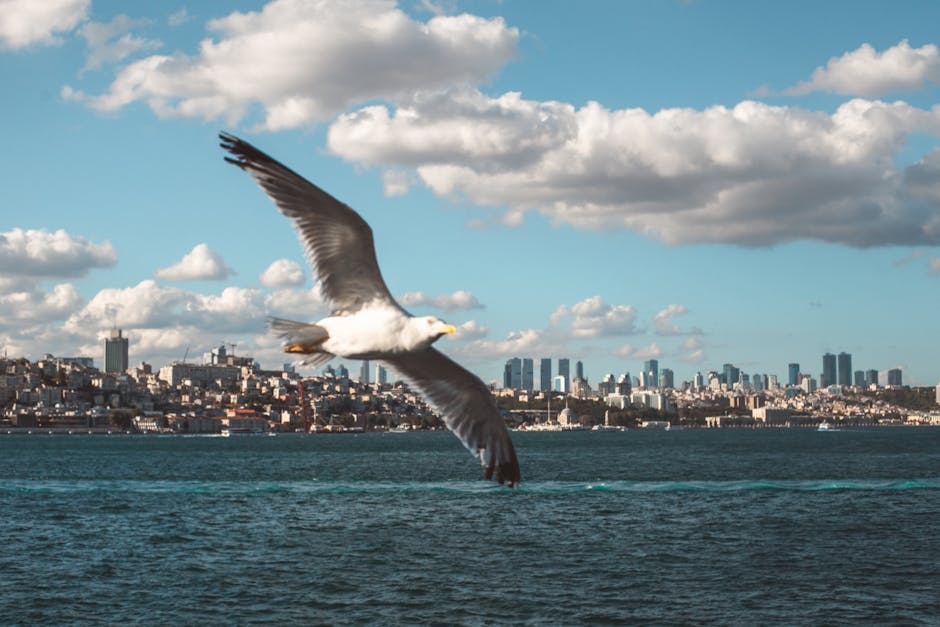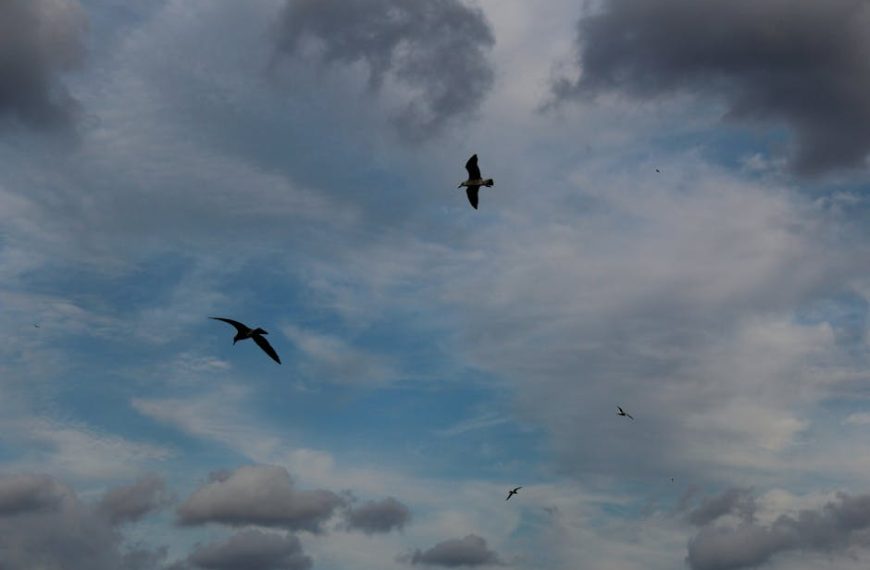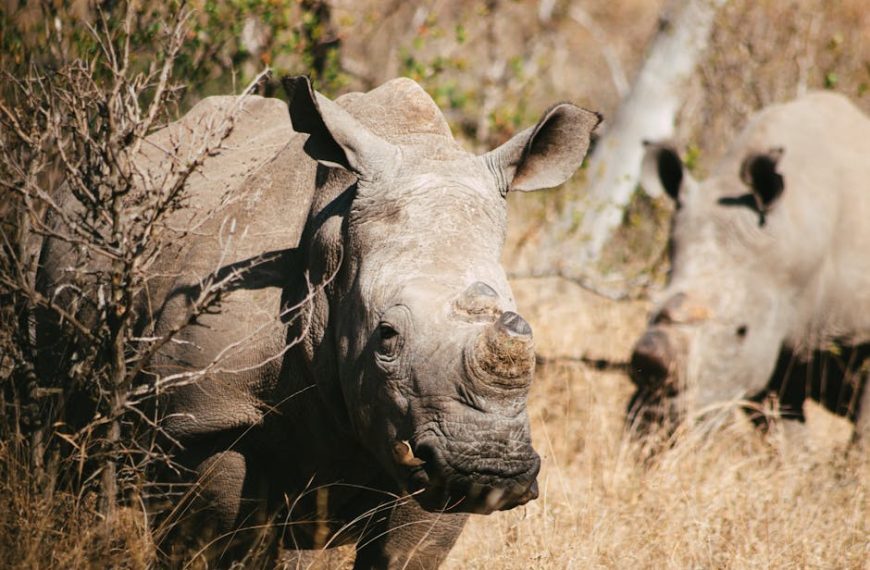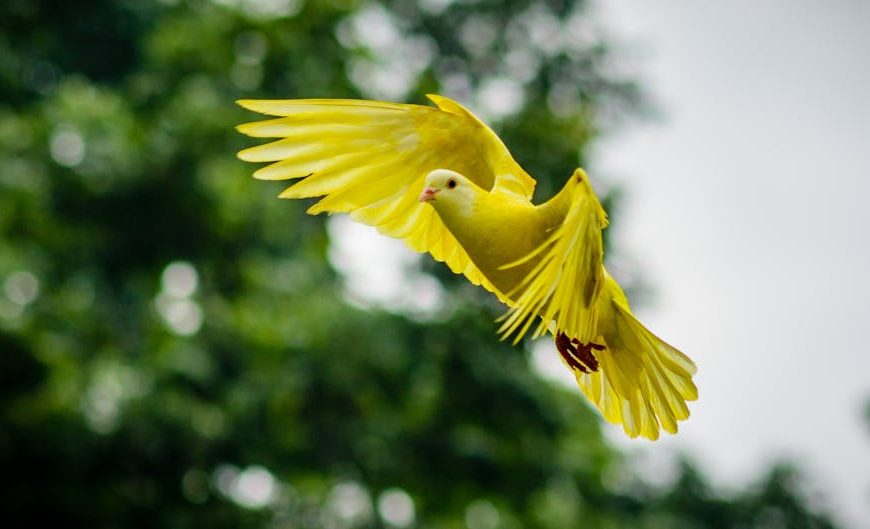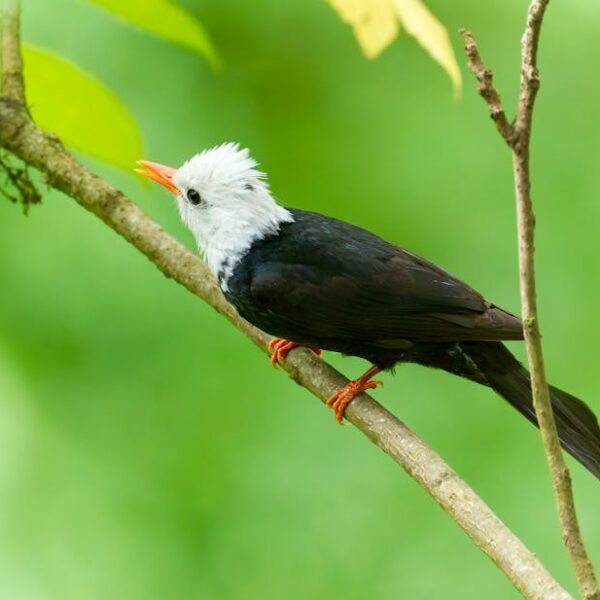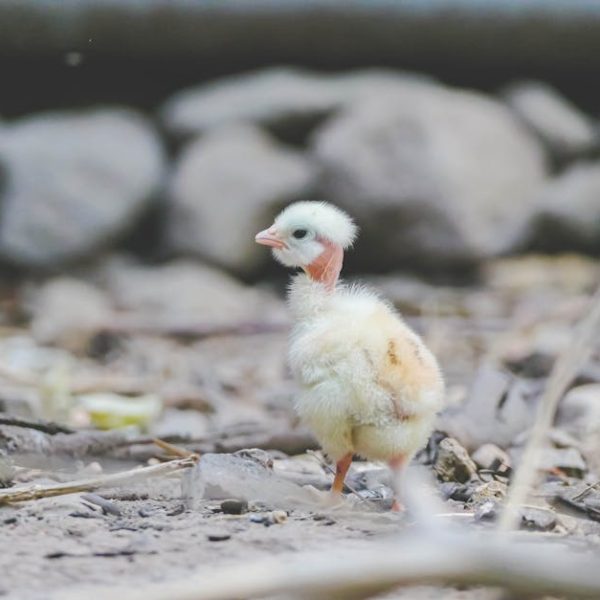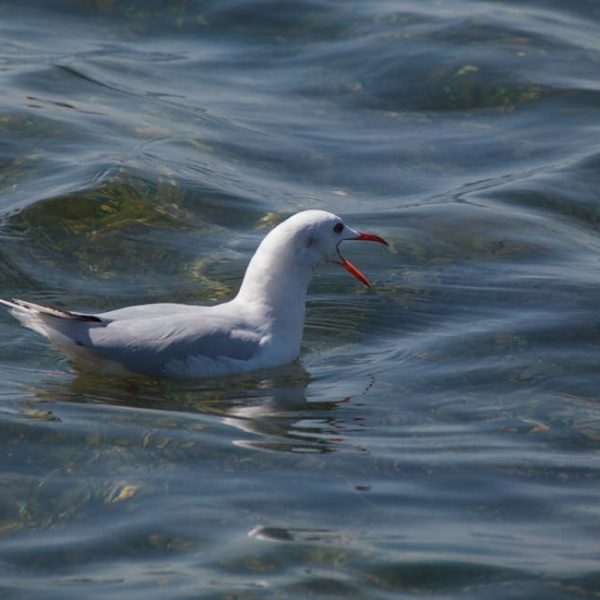When winter chill sets in, most of us bundle up, light up fireplaces or crank up our heaters, but what about our feathered friends? Generally, birds have their own unique way of coping with the cold. They opt for a seasonal vacation of their own – commonly known as bird migration.
Understanding Bird Migration
Bird migration is a regular seasonal journey undertaken by many species of birds. Birds often travel between areas of high resources during the breeding season to areas of lower resources during the non-breeding (typically winter) season. It’s a survival strategy, you might say!
The general pattern of bird migration is that birds living in high latitude or altitude areas migrate to lower latitudes or altitudes during winter, and travel back during spring. However, not all birds migrate. Some birds like sparrows, robins and pigeons adapt to the winter and change their behavior instead.
Pro tip: Bird migration can often be recognized by noticeable changes in behavior such as increased feeding to store energy and large flocks of birds flying in a V-formation.
Factors Influencing Bird Migration
Several factors influence bird migration. Weather and seasonal patterns play significant roles – birds depart to avoid harsh climate and return when weather conditions improve. Food scarcity during winter is another major reason that compels birds to migrate. Plus, specific birds migrate to fulfill their mating rituals and reproduction needs in suitable environments.
Best Practices for bird watchers:
- Learn the migratory patterns of different bird species.
- Start bird watching during the peak migration seasons.
- Use bird watching tools like binoculars and digital camera for observation and tracking.
The Journey of Migrating Birds
Birds embark on extraordinary journeys during their migration. For instance, Arctic terns fly about 25,000 miles each way between their breeding grounds in the Arctic and their winter home in the Antarctic. They navigate this feat using the sun for guidance and an internal magnetic compass.
Checklist: Signs a bird is ready to migrate:
- Gathering in large flocks.
- Increasing feeding behavior.
- Altering their feather structure for long-distance travel.
List: Common birds known for winter migration include:
- Swallows
- American Robins
- Blue Jays
- Hummingbirds
- Warblers
The journey is a fascinating aspect of bird behavior, but it’s not without its challenges. Survival becomes a critical concern during migration due to various factors like predators, hunting, and loss of habitat – situations humans can help alleviate. But, as we’ll discover, mankind also poses some significant threats to these migratory patterns through global warming and climate change.
Challenges of Winter Migration
Winter migration, though a natural process for birds, comes with its own share of dangers and challenges. Birds have to cover long distances, often across continents, facing numerous predators, harsh weather conditions, and scarcity of food along their travel routes.
Some birds, especially younger ones, may not complete their journey due to these challenges. Not to mention, human activities like deforestation and urbanization have reduced suitable stopover habitats for birds, making this journey even more challenging.
Pro tip: You can play a small part in reducing these hardships by setting up bird feeders and clean water supplies, especially during peak migration seasons.
Best Practices: Observing migrating birds during the winter season:
- Create a safe environment for birds by providing bird food, freshwater, and shelter in your garden.
- Avoid using harmful pesticides and chemicals in your garden – they not only hurt local bird population but also migrating visitors.
- Practice responsible bird-watching – observe from a distance and minimize disturbance.
Impact of Climate Change on Bird Migration
Climate change is also increasingly disrupting bird migration patterns. Warming temperatures affect the timing of food availability that coincides with bird migration, leading to a mismatch that affects bird populations.
Moreover, many birds are altering their migratory routes and ranges to cope with changing temperatures, an adaptive response that might lead to further ecological imbalance. Some species, like the cuckoo and the turtle dove, are now at risk of extinction because changing environmental factors are collapsing their traditional migratory routes.
Additionally, bird species that can’t adjust their migration timings to the changing climate could face significant challenges. This adds to the urgency for conservation efforts.
Comparison: Modern migration patterns now often see birds leaving their wintering grounds earlier and coming back later due to longer warm periods. This is a significant change compared to traditional patterns where migration was typically tightly synchronized with season cycles.
List: Birds threatened due to climate change include:
- Atlantic Puffin
- American Avocet
- Black Rosy-finch
- Golden-winged Warbler
As global citizens, we all have a role in protecting these birds and ensuring their survival. Making knowledgeable choices, supporting conservation efforts, and respecting nature are small steps that can make a big difference. As at the end of the day, birds aren’t just part of the environment, they’re indicators of its health and wellbeing. By understanding their migration and lending a helping hand, we can safeguard not just our feathered friends, but also the future of our planet.
Key Takeaway:
- Bird migration is a survival strategy adopted by many bird species, where they travel from high resource areas during breeding season to areas of lower resources during non-breeding (winter) season.
- Factors such as weather conditions, food scarcity and mating needs compel birds to migrate.
- Birds undergo extraordinary journeys, with some covering thousands of miles, facing numerous risks such as predators, harsh weather, and loss of habitat.
- Human activities and climate change are significantly disrupting bird migration patterns, leading to altered migratory routes and timing.
- The changing environmental conditions and warm periods are posing threats to several bird species, with some even at the brink of extinction.
Remember, with appropriate measures and responsible behaviour, we can create a safe environment for birds and reduce their hardships during migration season. Even small acts such as setting up bird feeders or supporting conservation efforts can help protect our feathered friends and contribute to the health of our planet.
FAQs
Q: Why do some birds not migrate during winter?
A: Not all birds migrate during the winter. Some species, like sparrows, robins and pigeons, adapt to the winter conditions and change their behaviour to survive, rather than embarking on long-distance travel.
Q: How do birds navigate during migration?
A: Birds utilize natural cues such as the position of the sun and an internal magnetic compass to navigate during migration. This enables them to undertake incredibly precise journeys covering thousands of miles.
Q: How can I identify if a bird is ready to migrate?
A: Key identifiers of birds ready to migrate include gathering in large flocks, increased feeding behaviour to store energy, and alterations in their feather structure to assist with long-distance travel.
Q: What can I do to support birds during migration?
A: You can help birds during migration by setting up bird feeders and providing clean water supplies, especially during peak migration seasons. Creating a safe environment in your garden and practicing responsible bird-watching can also be beneficial.
Q: How is climate change impacting bird migration?
A: Climate change, specifically warming temperatures, is disrupting the timing of food availability that coincides with bird migration, leading to ecological imbalances. Some birds are unable to adjust their migration timings or routes to the changing climates, putting them and their species at risk.
We encourage you to share this article, discuss the insights and explore more posts on our website to increase awareness about bird migration and its challenges in the modern world.
